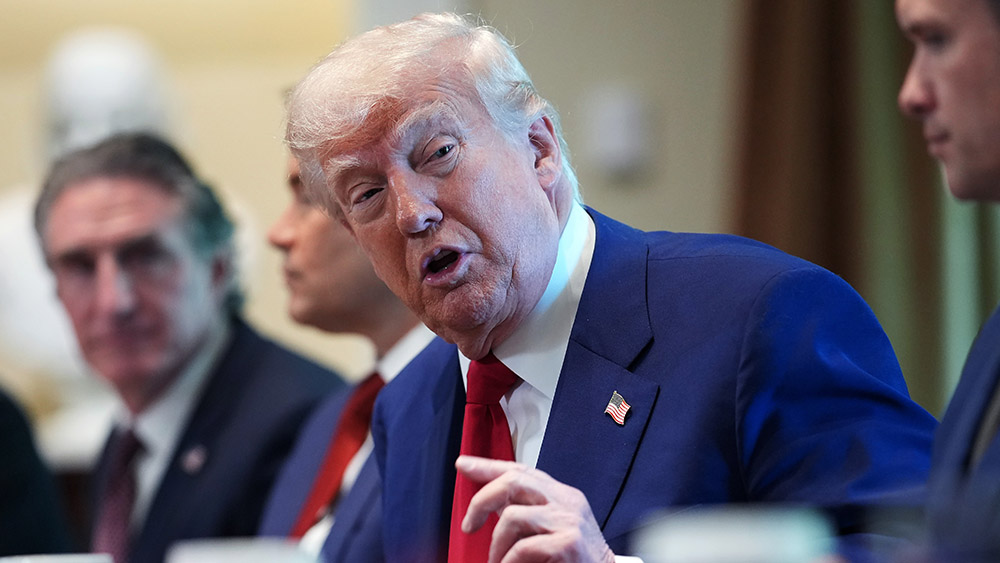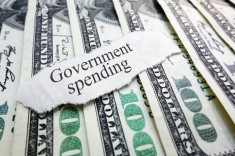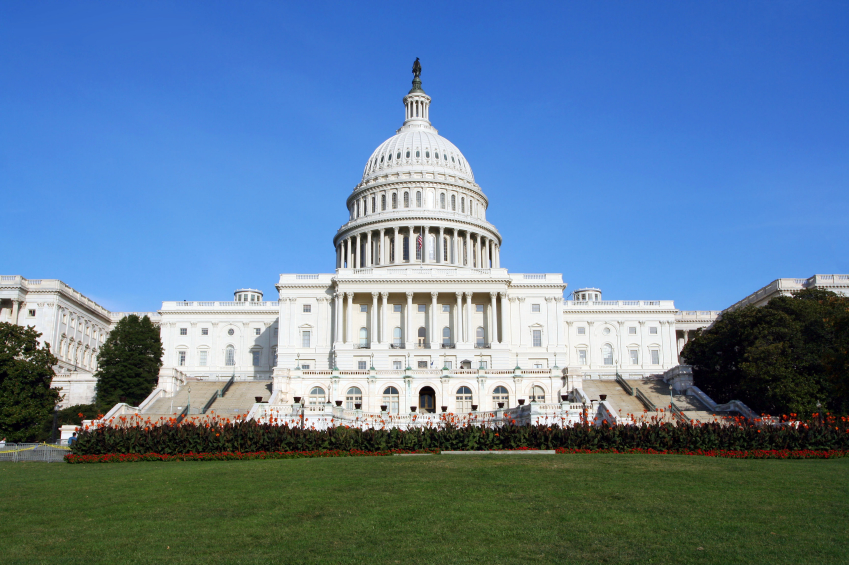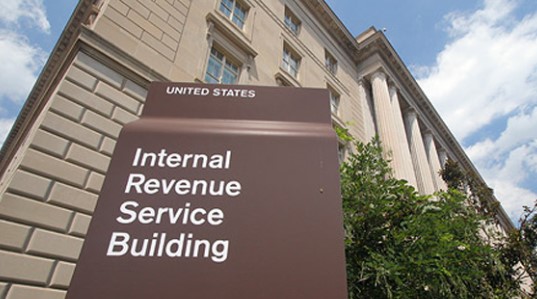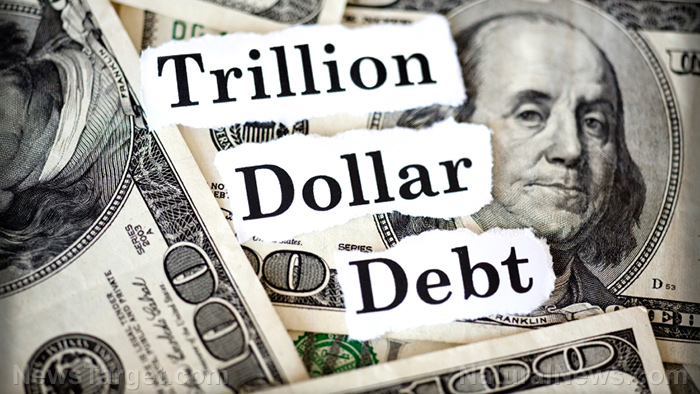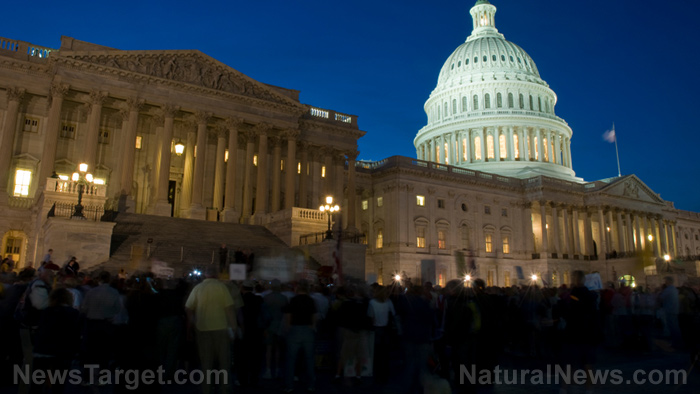SNAP funding crisis looms amid government shutdown — could junk food restrictions be the answer?
10/17/2025 / By Willow Tohi

- The Trump administration warns that SNAP benefits may be disrupted if the government shutdown extends past October, affecting 42 million recipients.
- States have been instructed to delay November benefit distributions due to potential funding shortages, risking food insecurity for vulnerable households.
- Critics argue SNAP’s allowance of junk food purchases exacerbates chronic illnesses like diabetes, wasting taxpayer dollars on unhealthy subsidies.
- Previous shutdowns saw temporary SNAP disruptions, but long-term funding gaps could force states to tap reserves or halt benefits entirely.
- Advocates urge Congress to reform SNAP by aligning it with nutritional health goals while ensuring fiscal responsibility amid budget constraints.
As the federal government shutdown enters its third week, the Trump administration has issued a stark warning: funding for the Supplemental Nutrition Assistance Program (SNAP) may run dry by November, leaving 42 million low-income Americans without critical food aid. The U.S. Department of Agriculture (USDA) has directed states to halt November benefit distributions, citing a potential violation of the Antideficiency Act if funds are disbursed without congressional approval. With no resolution in sight, the impasse threatens to deepen food insecurity while reigniting debates over SNAP’s role in subsidizing unhealthy dietary choices.
The shutdown’s domino effect
SNAP, a mandatory program, relies on annual appropriations to function. While short-term shutdowns typically allow agencies to tap reserves, prolonged gridlock risks benefit delays or suspensions. A recent USDA letter obtained by Axios confirms that October benefits remain secure, but November distributions hinge on congressional action. States like North Carolina, Wisconsin and Minnesota have already alerted recipients to prepare for uncertainty.
Historically, shutdowns have strained SNAP operations. During the 2019 lapse, February benefits were issued early, creating a 40-day gap for some households. This time, the stakes are higher—WIC (Special Supplemental Nutrition Program for Women, Infants and Children) faces similar shortfalls, jeopardizing nutrition for 6.7 million mothers and young children.
Junk food vs. nutritional integrity
Beyond funding, SNAP’s policy flaws draw scrutiny. The program permits purchases of candy, soda and processed snacks—products linked to diabetes and obesity. Taxpayer dollars, critics argue, shouldn’t subsidize dietary habits that burden public health systems. Reform advocates propose restricting SNAP to whole foods, herbs and nutrient-dense staples, aligning benefits with wellness goals.
The USDA’s lax oversight contrasts with stricter programs like WIC, which mandates purchases of approved healthy items. With chronic disease rates soaring, SNAP’s permissive model appears increasingly unsustainable.
Fiscal responsibility meets human need
Congress faces dual pressures: resolving the shutdown and addressing SNAP’s structural inefficiencies. Conservatives emphasize budget discipline, noting that SNAP’s $127 billion annual cost demands accountability. Progressives, meanwhile, warn against punishing recipients for governmental dysfunction.
A middle path exists. Reforms could couple funding safeguards with nutritional standards, ensuring aid promotes health rather than enabling poor choices. States like Oregon have piloted “Double Up Food Bucks,” incentivizing produce purchases—a model ripe for national expansion.
A call for pragmatic solutions
The shutdown’s ripple effects underscore SNAP’s vital role—and its vulnerabilities. As lawmakers spar, millions await clarity on their next meal. Beyond temporary fixes, this moment demands a reevaluation of SNAP’s purpose: Is it merely a financial stopgap, or a tool to foster long-term health and self-sufficiency?
With looming lockdowns and emergency expansions of SNAP benefits, systemic weaknesses—such as bank transaction failures and federal restrictions on grocery purchases—highlight the urgent need for structural reforms. The proposed $20.5 billion in cuts threatens to destabilize food access for vulnerable families, while corporate agribusiness continues to profit from taxpayer-funded subsidies.
For taxpayers and recipients alike, the answer could redefine food assistance for generations. Will policymakers prioritize Big Ag’s profits or the people’s right to nutritious, untainted food?
Sources for this article include:
Submit a correction >>
Tagged Under:
Big AG, big government, Bubble, Collapse, debt bomb, debt collapse, food benefits, food collapse, food rationing, food security, food supply, government debt, government shutdown, money supply, pensions, risk, SNAP, USDA
This article may contain statements that reflect the opinion of the author
RECENT NEWS & ARTICLES
COPYRIGHT © 2018 GOVERNMENTDEBT.NEWS
All content posted on this site is protected under Free Speech. GovernmentDebt.news is not responsible for content written by contributing authors. The information on this site is provided for educational and entertainment purposes only. It is not intended as a substitute for professional advice of any kind. GovernmentDebt.news assumes no responsibility for the use or misuse of this material. All trademarks, registered trademarks and service marks mentioned on this site are the property of their respective owners.

